Cycling with a dog
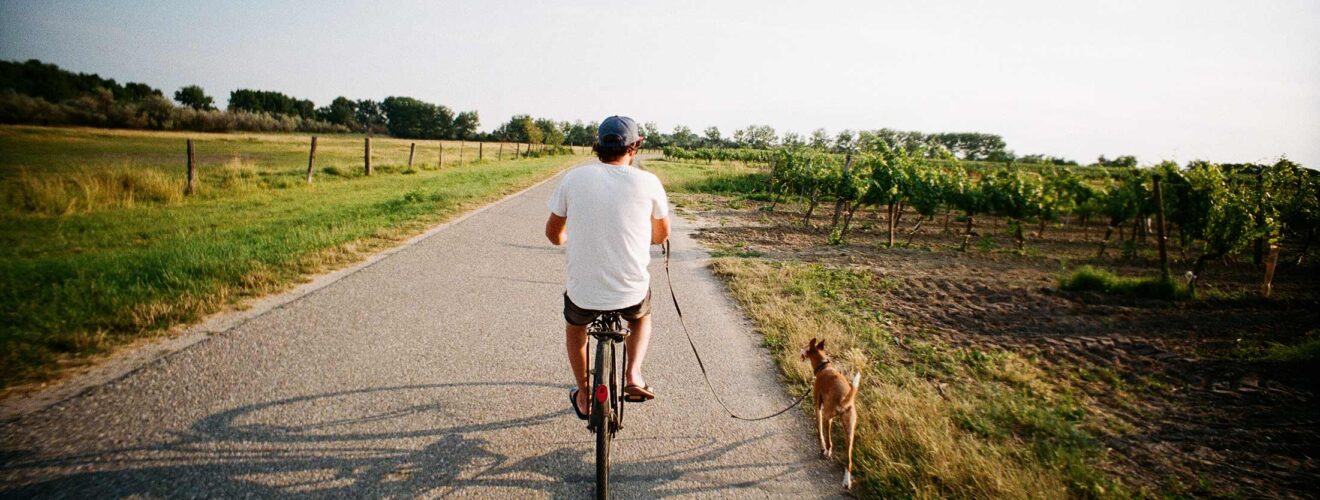
Our buddies love us and we love them. As enthusiastic cyclists and dog lovers, tours with furry companions are not only a perfect good-mood remedy, but at the same time we fulfil the justified demand of our fuzzy friends by giving them plenty of exercise.
Especially when spring is calling, we can hardly wait to plan extensive tours with our furry noses, but every experienced dog lover knows what preparations and, above all, knowledge are needed. Why? Well, so that the best possible conditions are created to prevent the great joy from falling by the wayside. Only our experience guarantees a smooth enjoyment as well as that much appreciated routine in the preparations and ultimately the tour itself.
Those who approach the matter too rashly can experience situations that ensure anything but a good mood. We don’t want to have to watch speeding cyclists dragging exhausted balls of fur behind them, nor do we want a screaming animal-human-metal construct rolling across a crossroads.
Our furry noses are still a little overwhelmed, especially at the beginning, after all they can’t take zigzag courses next to the bike, but have to show more consideration and circumspection – and four-legged friends can learn this surprisingly well. They just need a little help at first.
From beginner to fun-holder in no time!
First of all: Biking with animals is allowed. But the Go of the StVO alone is not enough to make cycling with your faithful companion a safe and ultimately enjoyable experience. Not every dog will enjoy it, especially the short-legged and often overbred breeds.
Breed-specific problems spoil the long run for some dogs and turn cycling tours into exertions. What can then happen to them are heat strokes or other overstraining, which greatly endangers the health of our pets. Puppies are also to be spared and as little “life starters” are not suitable tour companions, unless they accompany you in a basket …
Are you now disappointed and thinking to yourself: “Crap, then I can completely forget about tours with my pug!”
We can comfort you, because unsuitable breeds are not exclusion criteria, after all, the market has long since adapted to all needs. So if you don’t want to miss your Chihuahua or Affenpinscher during your bike tours, bike baskets or trailers are a good option. Occasional breaks will give your pet the exercise he needs, as he won’t want to spend hours in a trailer or basket. Always keep an eye on the sun, too. If the temperature is too high, you should consider whether long trips make sense at all, or whether your West Highland Terrier could suffer from sunstroke in the rattan convertible.
The predestined
Because we at MHW only want the best for you and your four-legged friend, we start from the beginning and discuss the most important questions, such as ..
Which dog breeds are suitable?
Generally speaking, medium-sized dogs that like to run are particularly happy to go on long walks, such as Eurasiers, hunting dogs, huskies and large poodles. If you are not sure, have your dog’s health checked again by a vet. Only a healthy dog can enjoy extensive running. Even for all long-legged sportsmen, if you overdo it, they will run until they are completely exhausted. Therefore, if we are part of the “team of beginners”, we have to take it slowly, test the possibilities and thus train our pets before we start demanding or extensive tours.
When you go for a walk, or if you have already done longer hikes with your buddy, you could see how he does. Does he listen to you or does he still chase everything that moves in the bushes or on the field without a leash? If he doesn’t seem to have had enough even after demanding hiking tours, there’s probably nothing standing in the way of biking with a dog. But does your dog even know about bicycles, or are two-wheelers a completely new discovery for him? Then familiarise him with them first.
A bike makes a clattering and ringing noise, and your dog will have to get used to the pedalling movements and the occasional lurch. Why not pack a few treats and start off in a relaxed way? At best, you know routes where leashes are not required. These are suitable for the first few training sessions.
First of all, introduce your little beginner to the unfamiliar vehicle, let him sniff everything and show him what can move on it. Sit on it and ride slowly while he watches you. If your four-legged friend knows commands like “heel” and “stop”, you have a big advantage!
Push your bike and let him run along on the leash, watching your dog. If he is anxious, give him a little more time. If your companion is impetuous, slow him down a bit. Stay calm and relaxed, don’t expect too much. Your darling must first understand what you actually want from him. It is very useful to announce every change of direction with commands like “Right!” or “Left! If the first dry runs go well, you can try a jumper. Attach your dog to it and lead the bike, talk reassuringly to your pupil, praise him.
That’s the beginning! If everything works well, your four-legged friend no longer shows any fear and behaves obediently, you can already sit on the bike and after further practice you can start with short distances. Condition training is also recommended. Gradually extend the distances.
Also take something with you that he likes, so that your companion always associates a lot of positive things with biking. Targeted rewards motivate your dog to do better. Observe how your dog behaves during the ride. Does he already seem exhausted or is he still highly motivated? These should be your criteria for planning the tour and never your own demands.
Note: Most of the time we cycle on hard surfaces, but these are not very suitable for dogs’ paws. In summer, asphalt heats up a lot and paw pads get sore. Watch out for burns and abrasions, avoid gravel roads and other sharp stones or even broken glass. Always check your companion’s paws to make sure everything is OK, plan breaks at streams or other watering holes on your routes and cycle mainly along wide fields and meadows.
Our tips
- Even if your four-legged friend is fit: If in doubt, take a trailer with you. That way you’ll never be slowed down and you’ll always have a clear conscience and a happy companion.
- Don’t forget to take enough liquids and snacks for your buddy, depending on how long you’ll be on the road.
- Unfortunately, the weather doesn’t dance to our tune, but there is a good solution for that too, for example dog baskets with rain covers.
A lot can happen if you don’t have your little racing machine under control. Those bundles of energy can quickly pull you off the saddle and into dangerous situations. So first of all, make sure you have not only the stamina, but also his obedience. If you feel comfortable with these two criteria in mind, it only remains to consider what equipment should support you on your tours.
Helpers from the modern bicycle industry
The bicycle industry now offers many helpful supporters at a reasonable price. It would be grossly negligent to attach a leash to the handlebars; serious falls are inevitable. We therefore recommend a so-called “jumper”. This stable bicycle mount with a spring is designed to prevent the leash from getting tangled in the spokes and also ensures a minimum distance between the bike and the dog. The suspension dampens abrupt movements. You can expect to pay around 40 euros for this, but don’t go for cheap products. You will quickly notice the difference between devices costing less than 40 euros and more expensive versions. These mounts are now available on all known sales platforms.
Furthermore, various baskets are available for small dogs. Make sure you use a special basket that is suitable for transporting dogs, i.e. has a device for a chest harness or collar so that you can leash your dog to the basket. For medium-sized dogs, you should choose a different transport option than that on a front carrier, as the weight at the front of the handlebars considerably impairs your manoeuvring. In this case, transport in a basket on the rear carrier is a good option, or you can use a trailer or cargo bike. One more hint: Puppies are especially popular for transport in the front, as owners can hardly get enough of the cuddly bundles. However, this also unintentionally guarantees an increased potential for distraction ..
Trailer
Ha, I’ll just take my trailer in which I used to chauffeur my kids ... Was that your first thought? Dog trailers, however, differ considerably from the usual children’s trailers: on the one hand, they are smaller and less, on the other hand, they are specially designed for transporting four-legged friends, which includes practical devices for leashing as well as storage space. Extra-deep entrances and particularly stable floor plates for heavy dogs are sometimes offered. Since large dogs can quickly weigh more than 50 kilos, the weight must be taken into account.
Transport or cargo bike
Here you will find models without transport tubs, but with sturdy frames and front and/or rear carriers. These variants are followed by those with a practical transport tray. You can find more details in our overview of advisors on the subject of cargo bikes.
Which one do you want?
Are you a passionate biker and still looking for a suitable biker buddy? We’ll be happy to give you helpful tips on the typical dog breeds that might be suitable for you:
Huskies love to run and are able to adapt to temperatures within the mild latitudes. However, in the height of summer you should take it easy on your buddy, who can never take off his tailored winter jumper. If you live in northern climes, however, your new companion will be unreservedly happy about the upcoming tours!
Huskies (Siberian Huskies) are long-distance runners who are happy to cover 40 kilometres, and even demand a lot of exercise. During your tours, keep an approximate average speed of between 15-20 km/h maximum.
Jack Russell Terriers – they may be small, but they are real bundles of energy and were originally bred for endurance running. They are not suitable for hour-long tours, but for the daily extensive walk. They are also quite versatile and love action. We also like to see these fidgety lightning bows digging excitedly and disappearing somewhere in the bushes, which makes it clear that you must have your “Jackie” well under control if you let him run along next to the bike ..
English Pointer is a breed of hunting dog. It’s important to get their hunting instincts under control, otherwise your bike rides will quickly turn into frustrating mini disasters. But if you achieve your training goal, you can be happy about the perfect teamwork par excellence. In addition, the genetic make-up of this breed allows for a very high level of endurance.
The dutiful Australian Cattle Dog is also quite a versatile companion, taking the characteristics of a Jack Russell Terrier up a notch. Mountain biking, hiking or climbing tours may gladly be counted among his fun activities. Due to his alertness, his almost tireless endurance gives us real pleasure.
Border Collies are not only extremely popular because of their patient disposition and agility. They also love maximum physical exercise, along with plenty of rest. These loyal companions are always willing to learn, but demand consistency from their owners in return. If you are willing to invest more time and passion than others in raising your dog, you have come to the right place with this demanding breed and will be rewarded accordingly!
Australian Shepherds are the intelligent twin brothers of Border Collies. In addition, they are very caring and particularly empathetic.
Not every dog is suitable as a trail companion – The summary
Your Buddy must be healthy, must not have joint problems or even heart and circulation problems. If such health facts are ignored, there is a risk of cardiovascular failure and/or terrible pain. If you own a rather heavy dog, please do not do cycling tours to him. They will challenge his health far more than you want. Some hounds may appear to be very athletic, but please be aware of any breed-specific problems. An example is the German Shepherd. As many breeders overdo it with the “smart” sloping hips, these dogs often suffer from severe hip pain due to the so-called hip dysplasia. Likewise, all short-nosed and very small breeds find any enduring exertion torturous. For example, they overheat very quickly and can hardly breathe. The same applies to overweight and very strong breeds such as bulldogs.
Puppies have no place next to a bicycle. Even with young animals you should set the bar very low, if at all. At the earliest, you can try your first dry runs at 15 or better 17 months. What also counts is your age. We do not recommend bicycle tours with dogs for senior citizens. Falls usually lead to far worse injuries than with younger cyclists.
If you follow all these tips and frame them under your individual conditions and those of your companion, nothing can really go wrong! In this case, we wish you lots of fun and, above all, wonderful experiences during your tours. And if there are any questions left unanswered, you will certainly find the answers on our advisor page – or just give us a call!

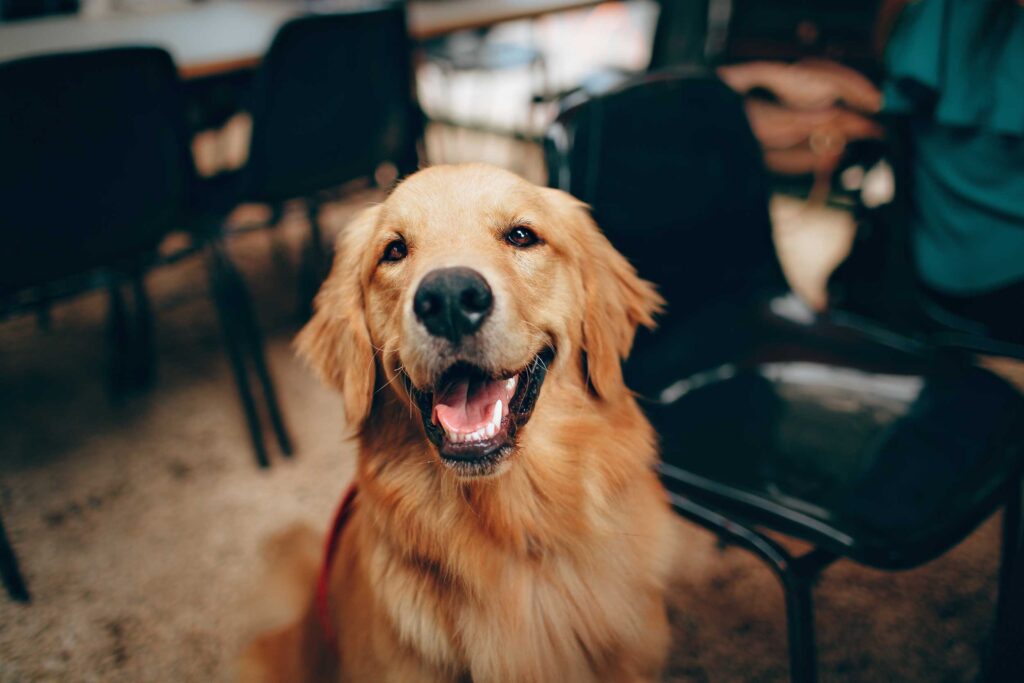
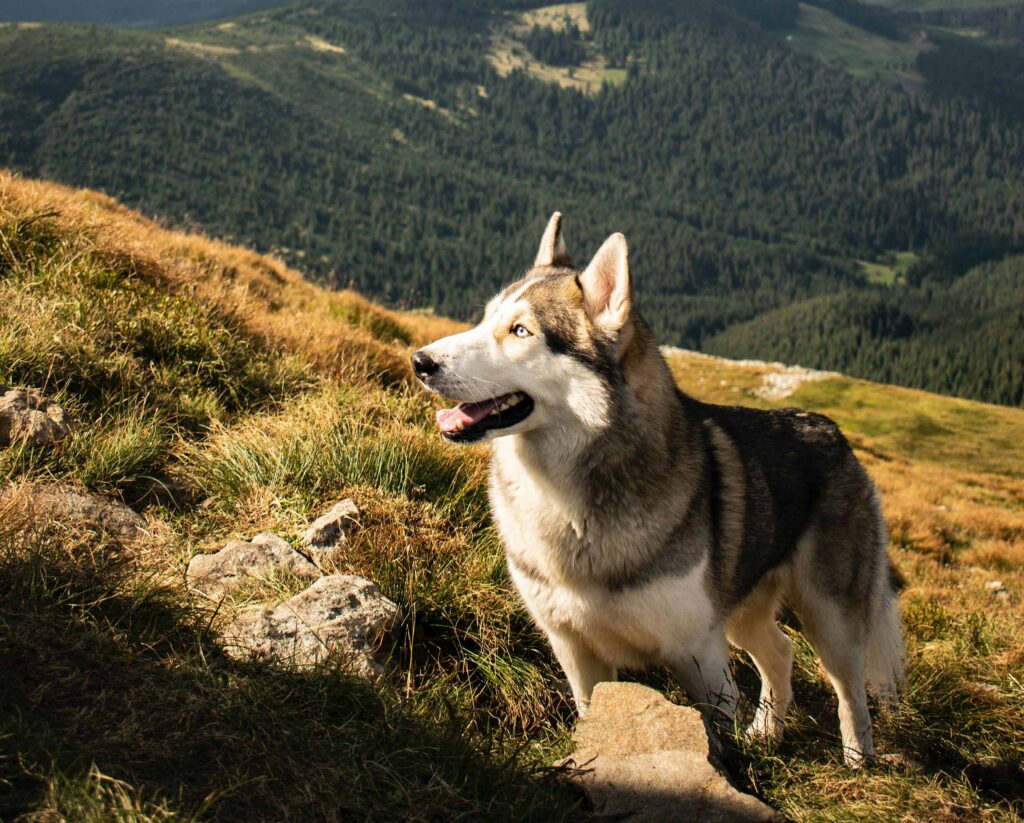
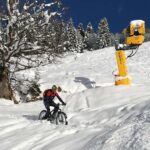
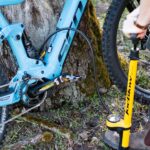
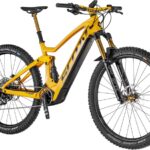

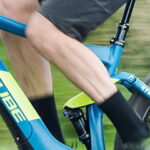
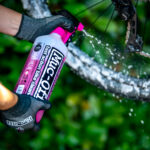
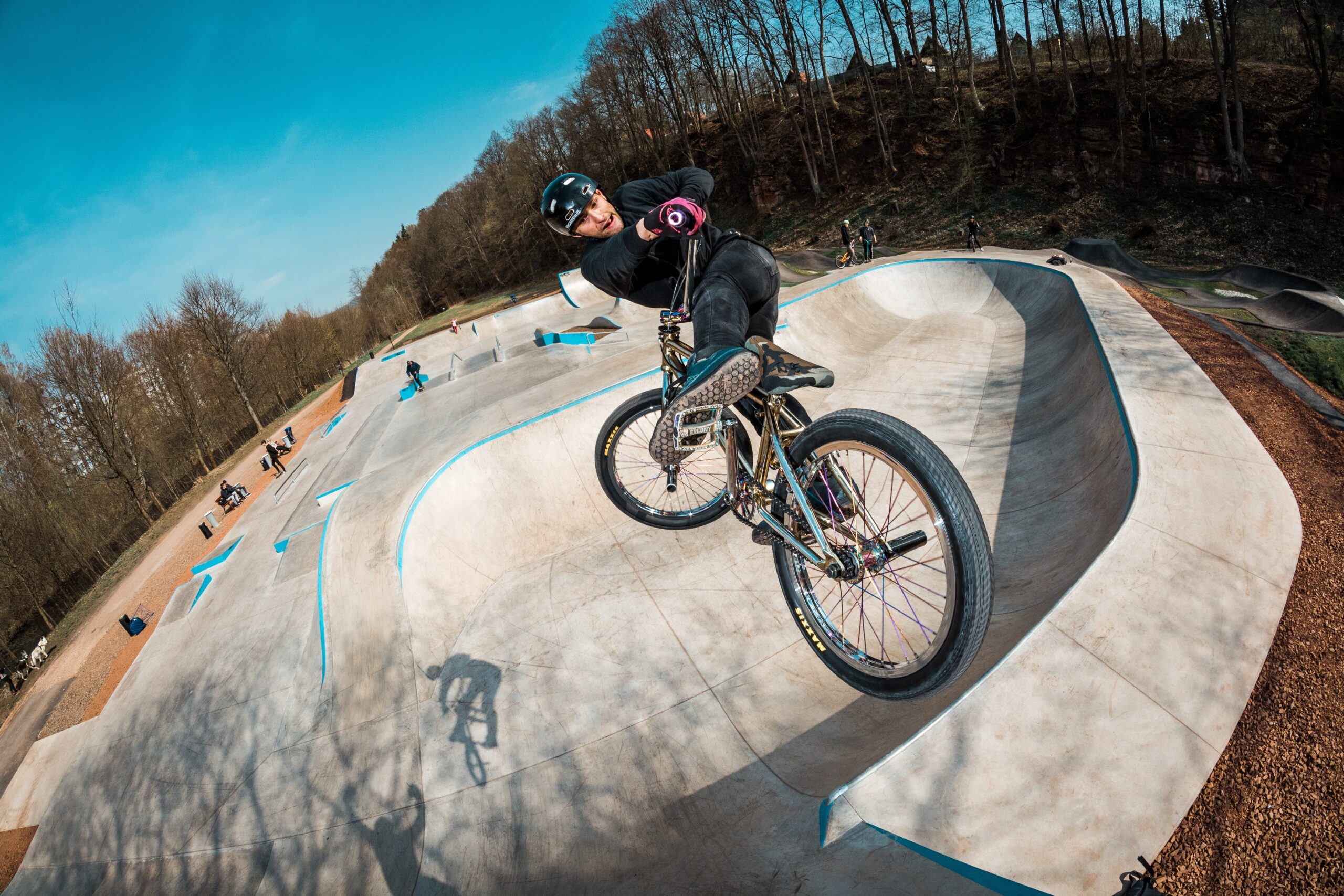

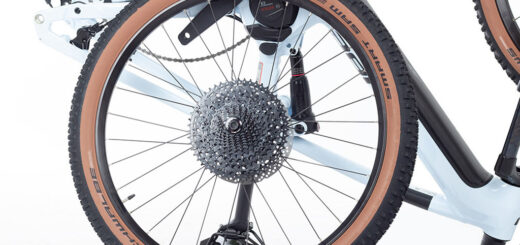
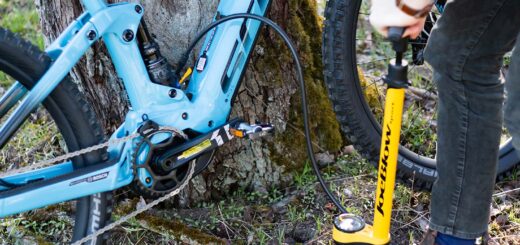








Recent Comments